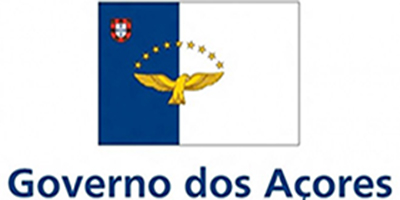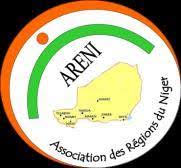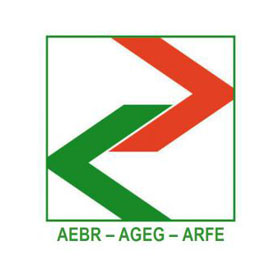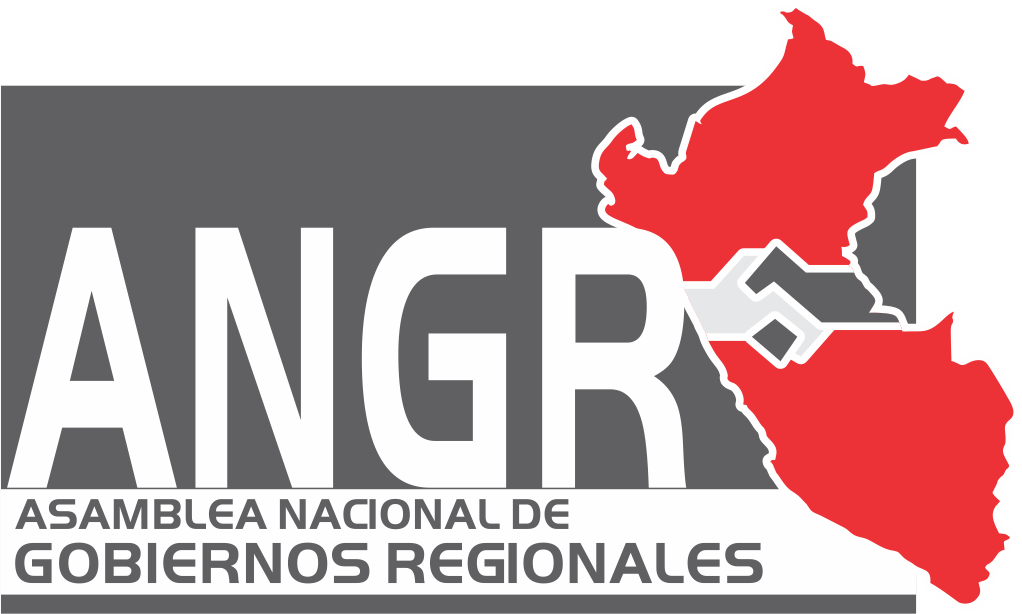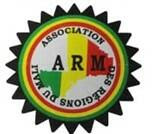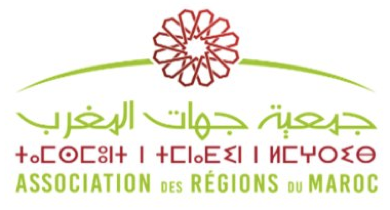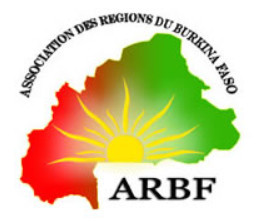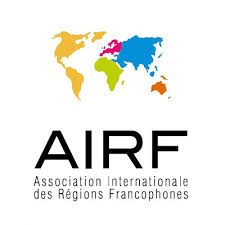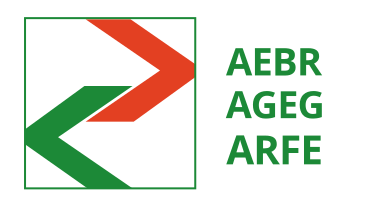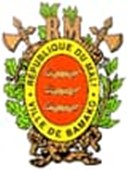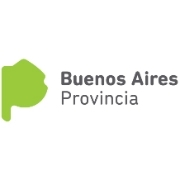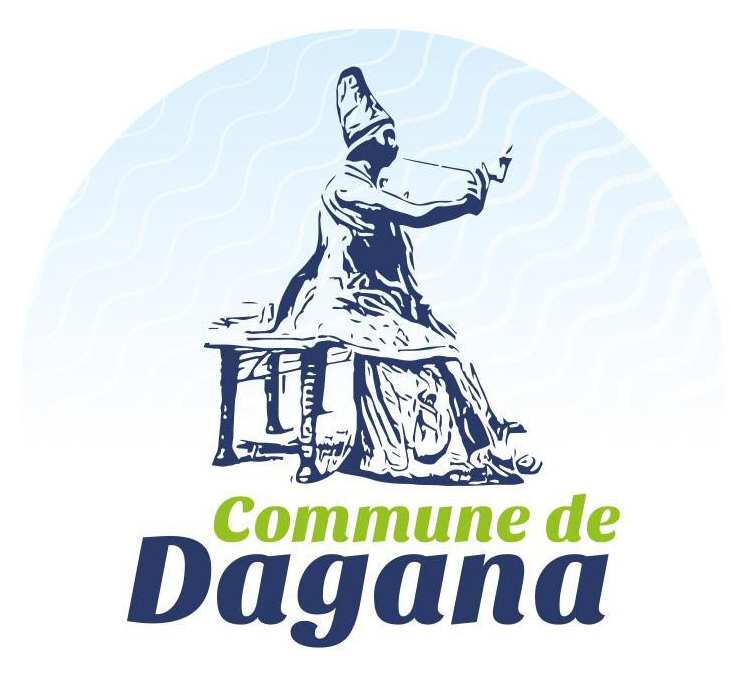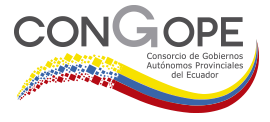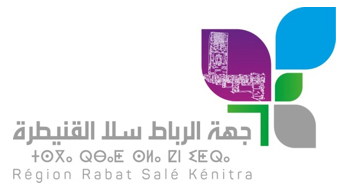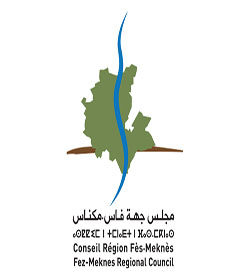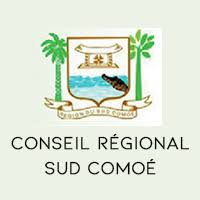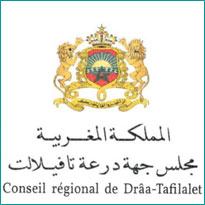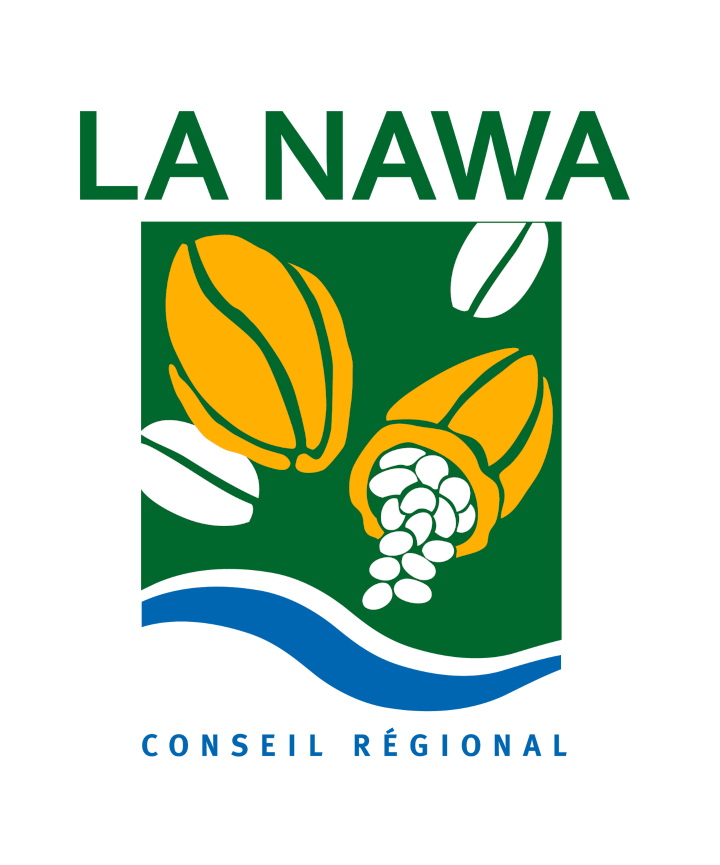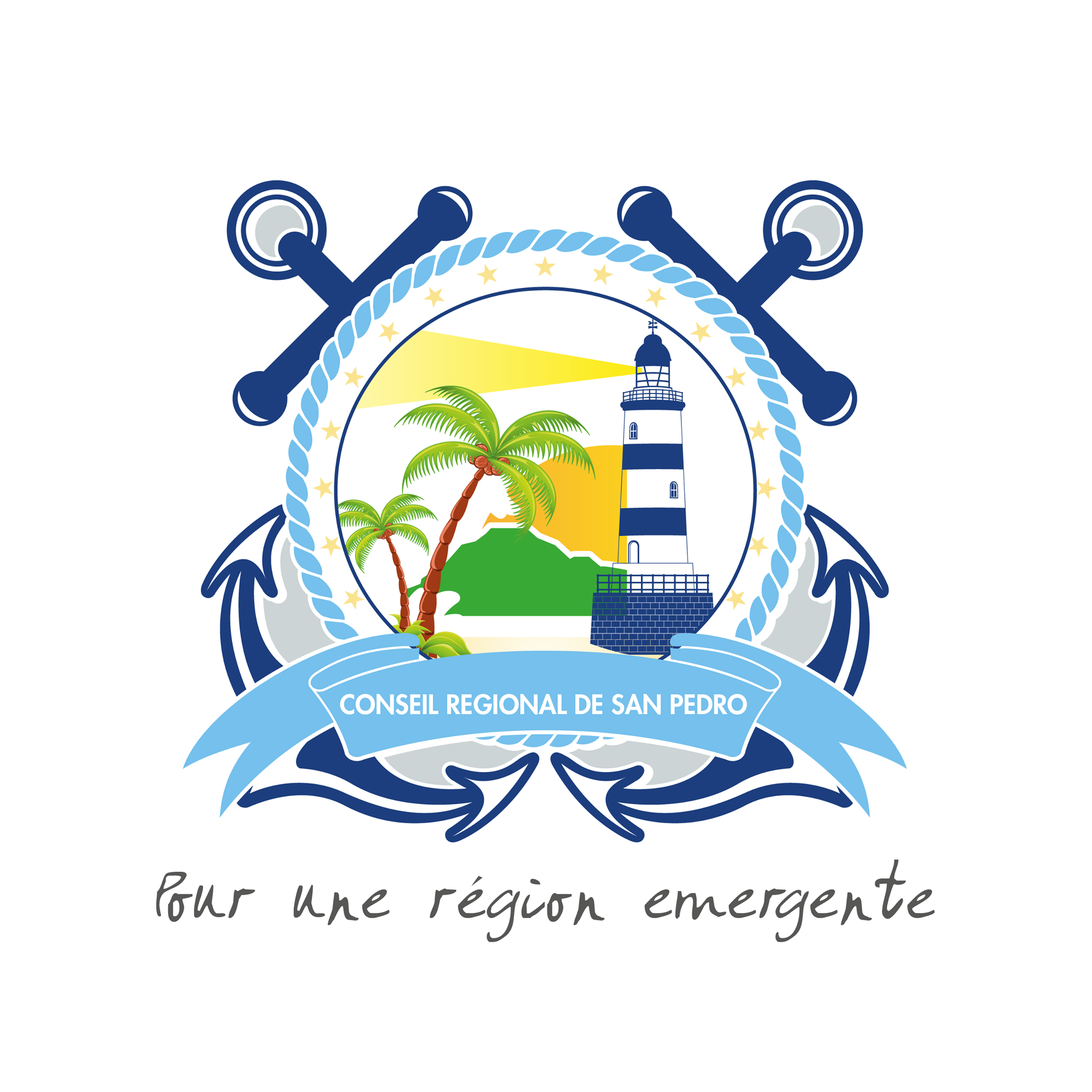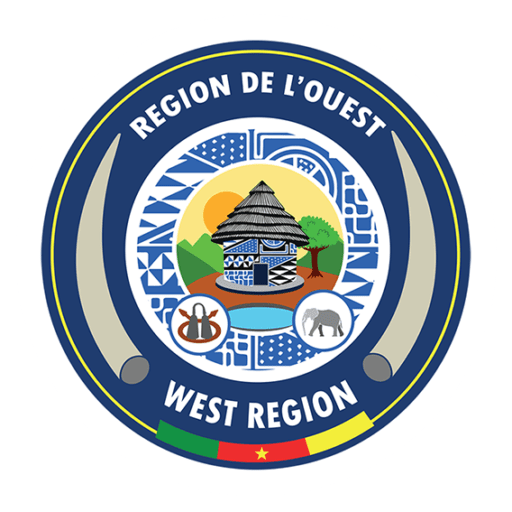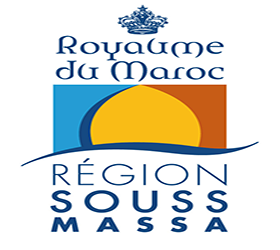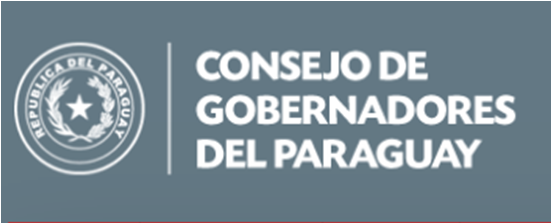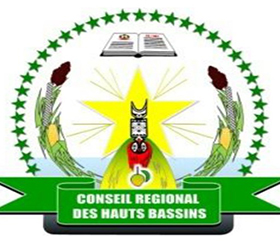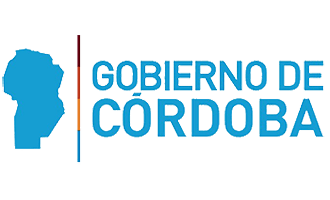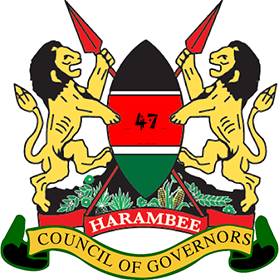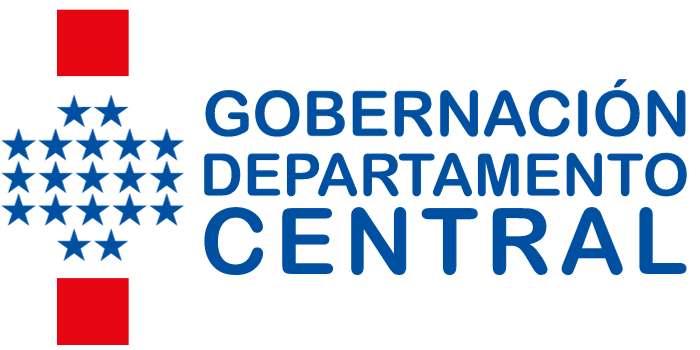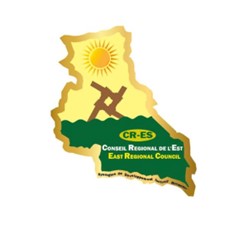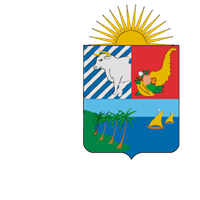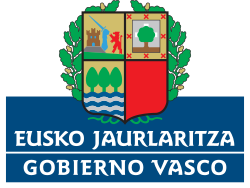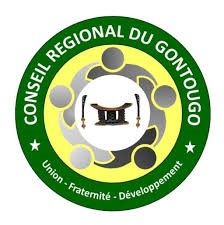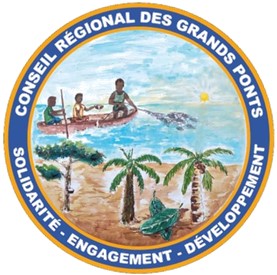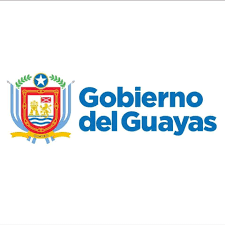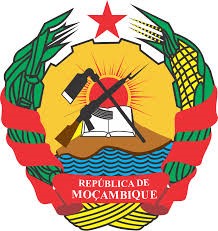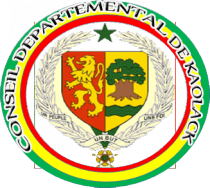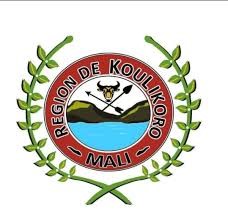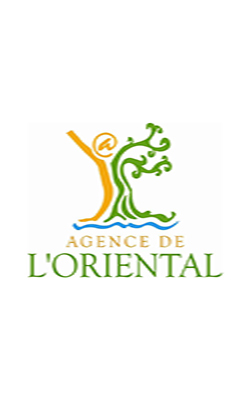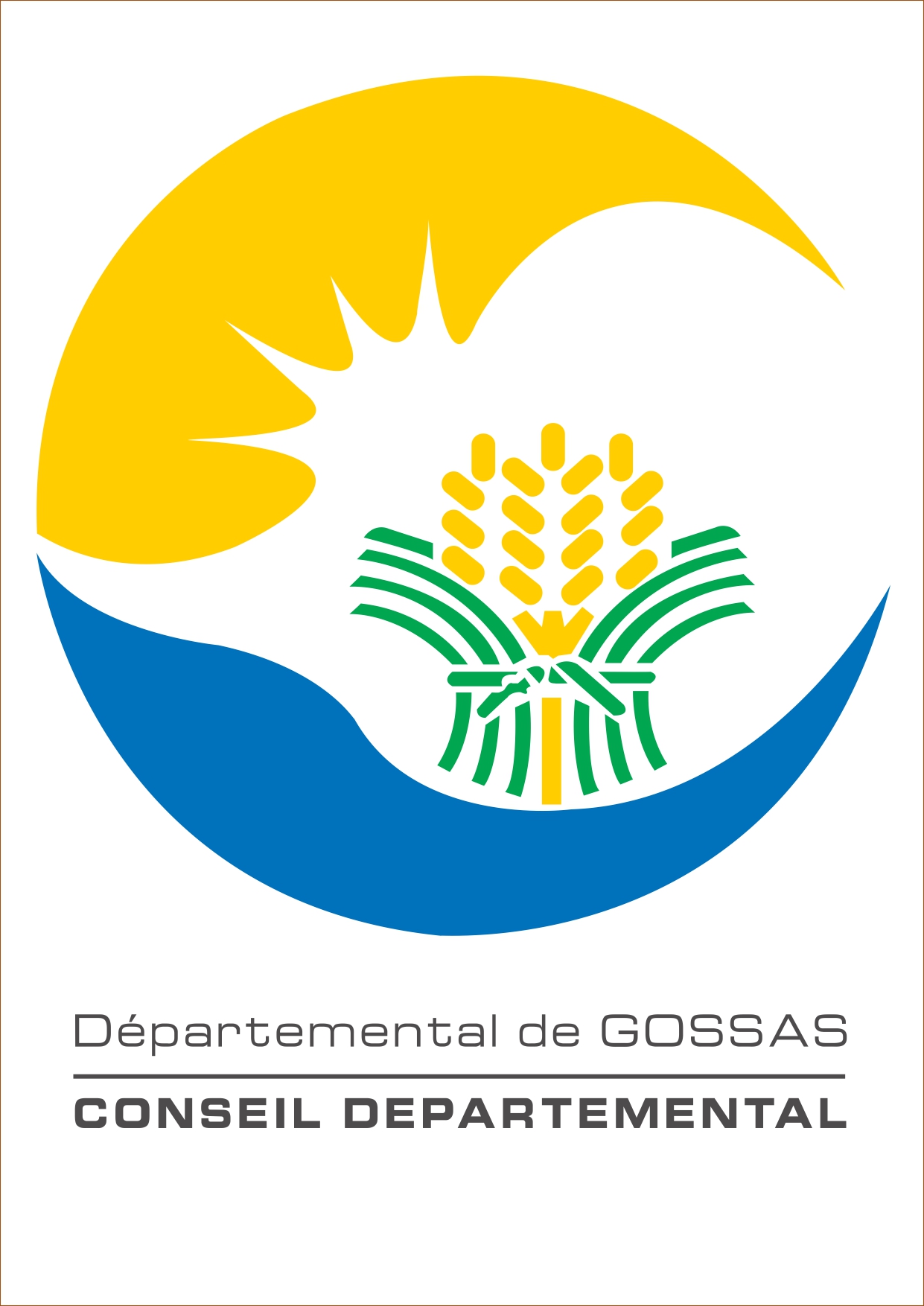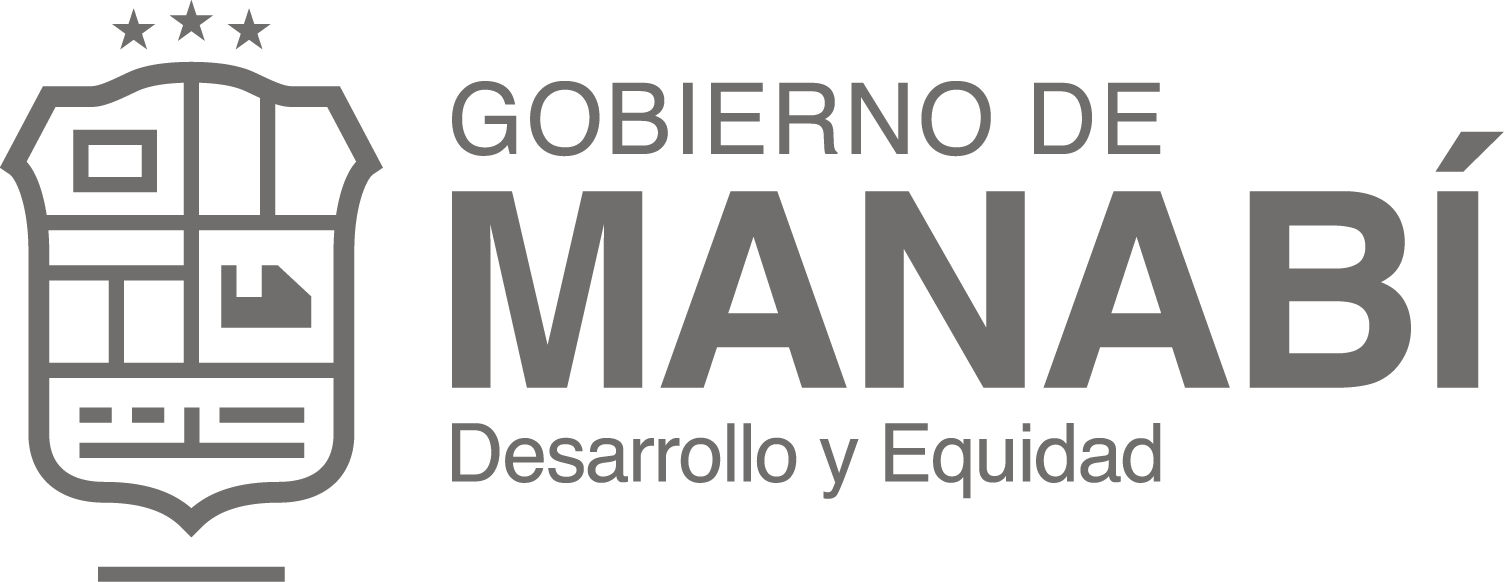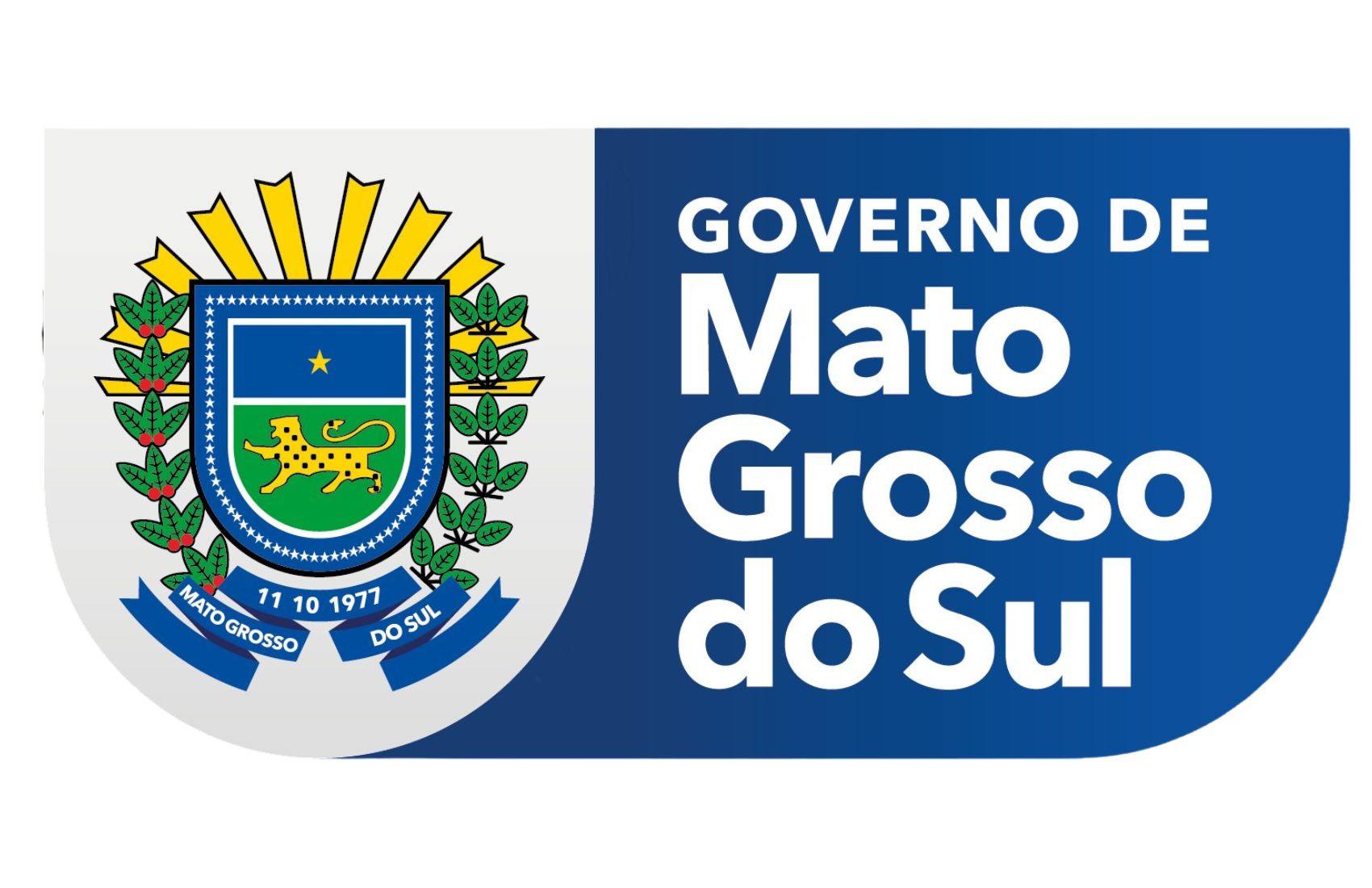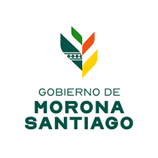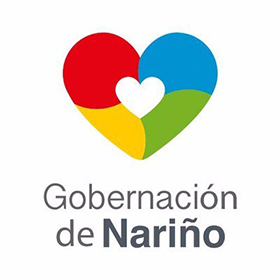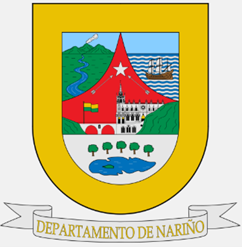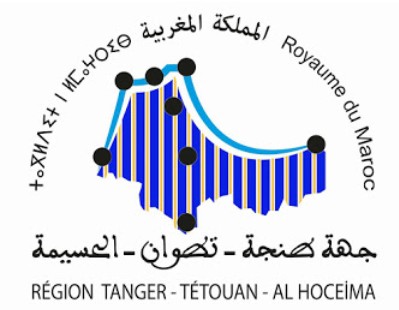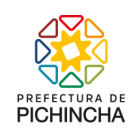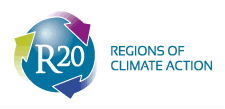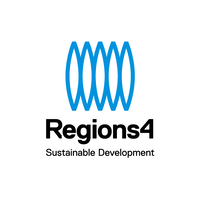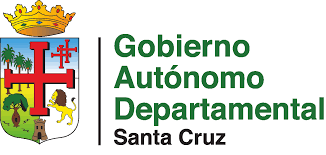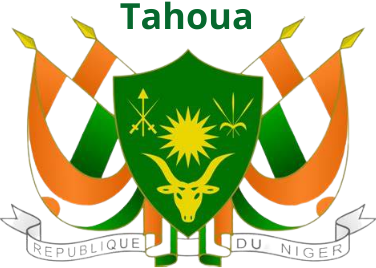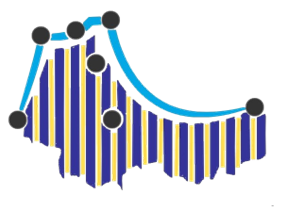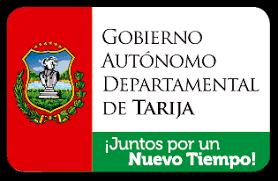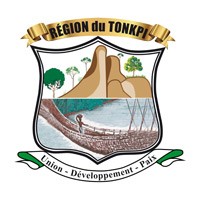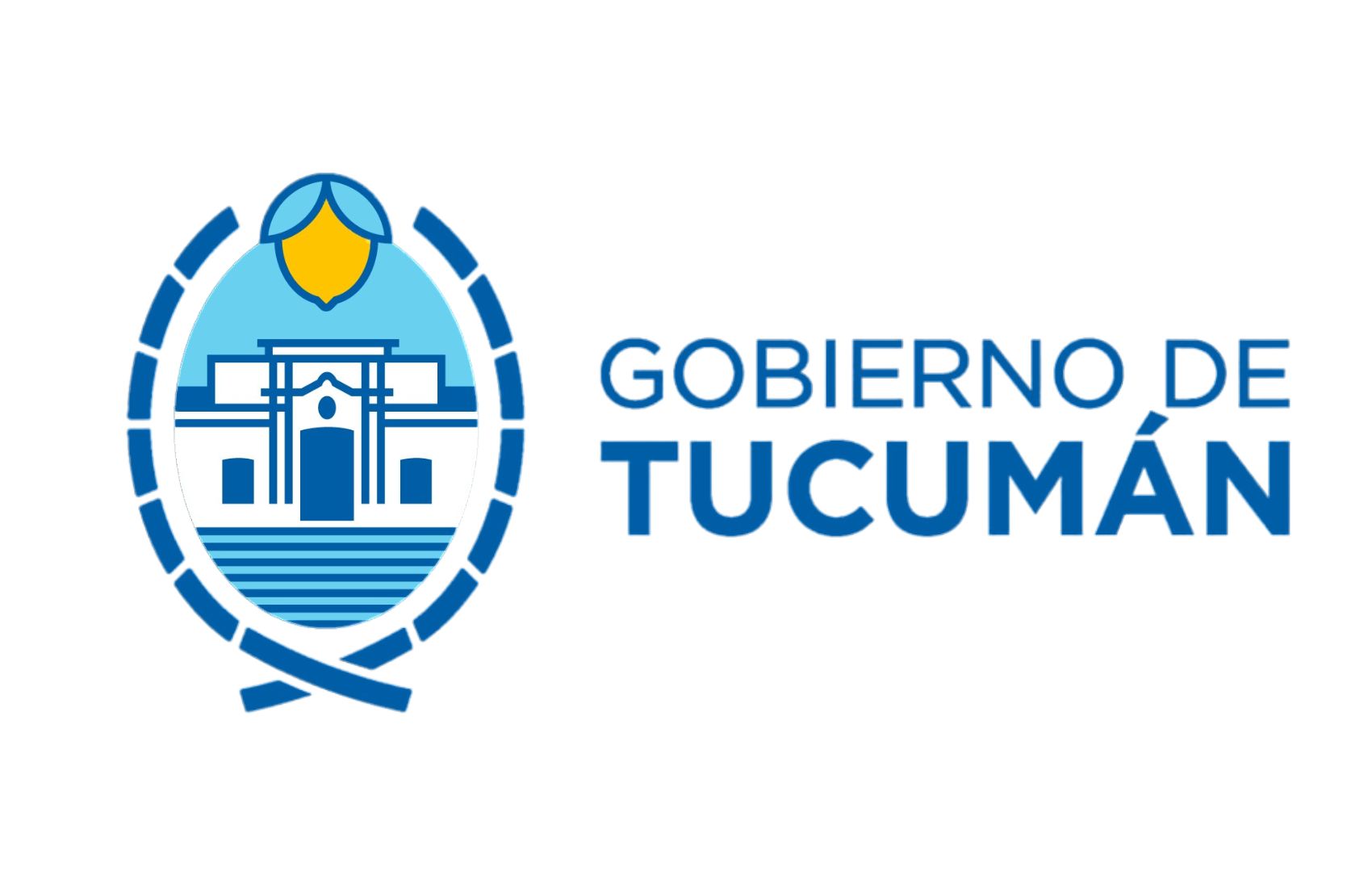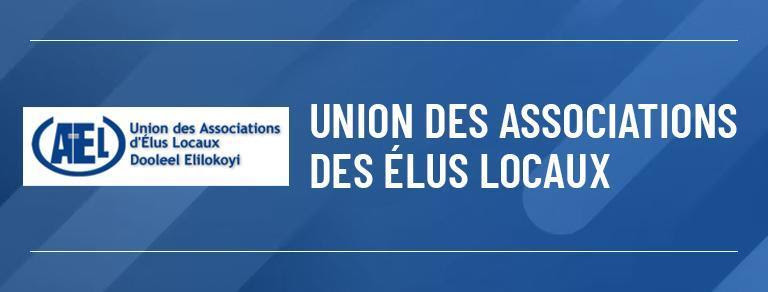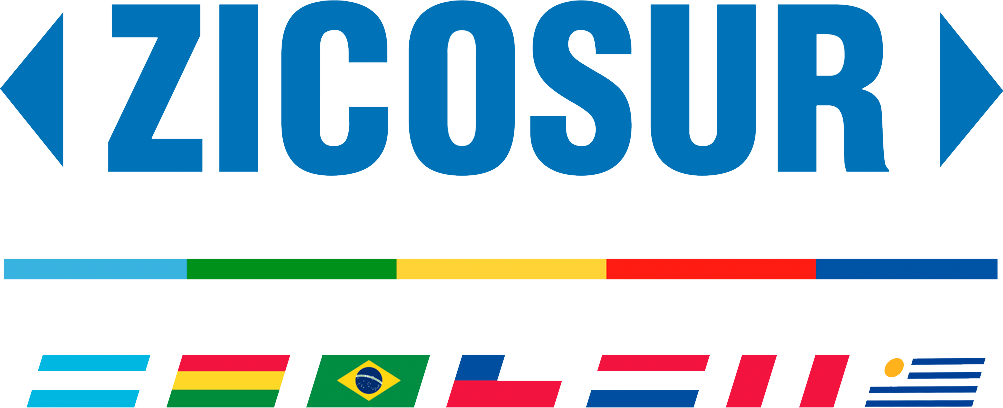Projects of food and nutritional security

Through its Core Group of Food Security, ORU Fogar has been for years a platform for theoretical elaboration in order to influence the global debate on food policies. During the III Summit of Regions “Zero Hunger” that took place in Cuenca, Azuay (Ecuador), in april 2018, it was clear that beyond theory, ORU Fogar is able to a support projects that would carry out these theories. Various Latin American regions, also working in Africa, launched projects financially and technically supported by European regions. ORU Fogar is committed to creating a framework for collaboration, promoting support and achieving recognition of these projects by the WFO
PROVINCE OF AZUAY (REPUBLIC OF ECUADOR)
Azuay is one of 24 provinces in which the Republic of Ecuador is divided. It has a total area of 8 309.58 square kilometres, and a population of 712,127 inhabitants (National Institute of Statistics and Census, 2010), of which about 40% are concentrated in the capital, Cuenca.
Azuay is located in the south of the country, in the inter-Andean area, and has a very variable climate, given its great altitude gradient, ranging from 200 to 4 137 meters above sea level, and also to the fact that part of the territory corresponds to watersheds that pour into the Pacific, while another part corresponds to the Amazon basin. These geographical characteristics allow a very diversified agricultural and livestock activity, with particular importance of cattle production.
In the Republic of Ecuador as a whole, indicators to monitor the food and nutrition security situation of the population have evolved favourably in recent decades. In particular, the proportion of undernourished people relative to the total population has fallen steadily in recent decades, from 22% in the 1990-92 biennium to 15% in 2005-07 (United Nations Food and Agriculture Organization , 2010), and 7.9% in 2016-18 (FAO, IFDA, WHO WFP and UNICEF, 2019).
While we do not have territorialized data for Azuay, the evolution of the data in this province have followed a similar pattern to that of the country as a whole, although there are still problems of malnutrition or malnutrition, especially among children.
Azuay Provincial Prefecture has been implementing programmes expressly aimed at the fight against malnutrition since 2012. The first of these programs was the CRECER program, which has been developed in two stages, the last of which ended last year 2019, and was aimed especially at the children's population. The programme was structured in 4 axes: food production, food security, preventive health and social training.
Currently, the programmes promoted from the Prefecture are focused on the promotion of agroecology, especially among owners and managers of small farms, which account for 90% of the production units. This new programme includes measures to boost production, support for marketing (with special attention to small producers and rural women) and technical training.
PROVINCE OF COTOPAXI (REPUBLIC OF ECUADOR)
Cotopaxi is one of 24 provinces in which the Republic of Ecuador is divided. It has a total area of 6,108.23 square kilometres, and a population of 409,205 inhabitants (National Institute of Statistics and Census, 2010), concentrated mostly around the capital city, Latacunga.
Cotopaxi is located in the north-central part of the country, in the Sierra region, and has a very variable climate, ranging from the icy of the summits to the warm subtropical humid. These climatic and geographical characteristics allow a very diversified agricultural and livestock activity, although most of the area of the province is covered by forests and natural pastures.
In the Republic of Ecuador as a whole, indicators to monitor the food and nutrition security situation of the population have evolved favourably in recent decades. In particular, the proportion of undernourished people relative to the total population has fallen steadily in recent decades, from 22% in the 1990-92 biennium to 15% in 2005-07 (United Nations Food and Agriculture Organization , 2010), and 7.9% in 2016-18 (FAO, IFDA, WHO WFP and UNICEF, 2019).
Although we do not have territorialized data for Cotopaxi, it should be noted that more than 25% of the population of this province is indigenous, mostly of the Panzaleo ethnic group. In the whole province, a percentage of more than 35% of the population is in poverty or extreme poverty (National Institute of Statistics and Census; World Bank, 2016), with per capita incomes that do not allow the satisfaction of vital food needs.
To reduce these problems, Cotopaxi Prefecture promotes actions to enhance the production of dairy products and various agricultural products of the first need, as well as the processing and marketing of some products in with high cultivated area in the province.
PROVINCE OF MORONA SANTIAGO (REPUBLIC OF ECUADOR)
Morona Santiago is one of the 24 provinces in which the Republic of Ecuador is divided. It occupies a total area of 25,690 square kilometres, and a population of 147,940 inhabitants (National Institute of Statistics and Census, 2010).
Morona Santiago is located in the south centre of the country, in the Amazon basin. 68% of the area is covered by forests, and the agricultural area is also very important, which motivates the local economy to be grounded in livestock, agriculture and timber extraction.
In the Republic of Ecuador as a whole, indicators to monitor the food and nutrition security situation of the population have evolved favourably in recent decades. In particular, the proportion of undernourished people relative to the total population has fallen steadily in recent decades, from 22% in the 1990-92 biennium to 15% in 2005-07 (United Nations Food and Agriculture Organization , 2010), and 7.9% in 2016-18 (FAO, IFDA, WHO WFP and UNICEF, 2019).
Although we do not have territorialized data for Morona Santiago, it should be noted that 48.4% of the population of this province is indigenous, mostly of the Shuar and Achuar ethnic group. Across the province, 46% of the population is in poverty or extreme poverty, with per capita incomes that do not allow the satisfaction of vital food needs.
Therefore, actions are proposed in the Provincial Prefecture, especially aimed at the communes with the largest presence of indigenous populations. These actions identify measures to improve the food pattern of families, to facilitate the availability of safe and nutritious foods, by particularly increasing organic production, and to promote associative marketing.
DEPARTAMENT OF NARIÑO (REPUBLIC OF COLOMBIA)
Nariño is one of 32 departments organized by the Republic of Colombia. It has a total area of 33268 square kilometers, and a population of 1,335,521 inhabitants (National Directorate of Statistics. Republic of Colombia, 2018), of which 30% are concentrated in the capital, Pasto.
Nariño is located in the south of the country, on the border with the Republic of Ecuador, and has three distinct regions: the Pacific plain, the Andean area (which reaches 4,718 meters above sea level), and the Amazon bassin. Therefore, we can find warm, temperate and cold climates, as well as very variable rainfall in the different areas.
This diversity of conditions allows the existence of a great diversity of crops, and in fact the primary sector is the main economic activity, with significant production of potatoes and cereals, livestock (especially cattle), as well as maritime and fresh water fishing.
In the Republic of Colombia as a whole, indicators to monitor the food and nutrition security situation of the population have evolved favourably in recent decades. In particular, the proportion of undernourished people relative to the total population has fallen steadily in recent decades, from 15% in the 1990-92 biennium to 10% in 2005-07 (United Nations Food and Agriculture Organization , 2010), and 4.8% in 2016-18 (FAO, IFDA, WHO WFP and UNICEF, 2019).
In the case of Nariño, the evolution of the indicators has also been favorable, although the department continues to have high poverty rates, higher than the national average. This is also influenced by the relative importance of the indigenous population in the whole of the department, since it represents 6.36% of the total population, mainly of the Quillaconga and Awa families. Specifically, in 2018, 21.59% of the population had unmet basic needs, and 4.4% lived in poverty. Both indicators have experienced a significant reduction since 2005, when the population that could not meet their basic needs was 26.09%, and the population in misery 7.24% (National Directorate of Statistics. Republic of Colombia, 2018).
The Government of Nariño, in collaboration with the Colombian Institute of Family Welfare, promoted in 2009 the Plan of Sovereignty and Food and Nutritional Security of Nariño. Under this plan, the Government promotes actions to prioritize local agricultural production, and farmers' access to the means of production. In this case, it should be noted that the regional government's has made a linkage between food security programmes and the peace process, as a differentiating element of these programmes from similar ones driven from other regions.
DEPARTAMENT OF ANTIOQUIA (REPUBLIC OF COLOMBIA)
Antioquia is one of 32 departments organized by the Republic of Colombia. It has a total area of 63612 square kilometres, and a population of 5,974,788 inhabitants (National Directorate of Statistics. Republic of Colombia, 2018), of which about 40% are concentrated in the capital, Medellin.
Antioquia is located in the north of the country, and its territory ranges from sea level to 4,080 meters, and that’s the reason why both the warm humid and semi-wet climate sits, as well as the temperate and cold climates can be found at the department.
This diversity of conditions makes the department the first agricultural producer in the country, mainly in coffee and bananas, which are mainly for export.
In the Republic of Colombia as a whole, indicators to monitor the food and nutrition security situation of the population have evolved favourably in recent decades. In particular, the proportion of undernourished people relative to the total population has fallen steadily in recent decades, from 15% in the 1990-92 biennium to 10% in 2005-07 (United Nations Food and Agriculture Organization , 2010), and 4.8% in 2016-18 (FAO, IFDA, WHO WFP and UNICEF, 2019).
In the case of Antioquia, the evolution of the indicators has also been very positive in the last 30 years, although in 2013 it was determined that 13% of children under 7 years of age had acute malnutrition, and that in some subregions of the Department the population with the unmet basic needs exceeded 50% (CIDEU, 2013)
The Antioquia Governorate (autonomous government of the department) launched in 2001 a programme to combat malnutrition problems, called the MANA programme. Since it’s launching, the programme has mobilized a total amount of 500 million of dollars. The programme includes actions for direct food supply, the creation of self-consumption orchards, technical training and the promotion of the creation of companies.
As a result of the implementation of this project, the rate of acute malnutrition has dropped to 0.8%, although at the cost of maintaining the supply of food supplement to 180,000 children under 5 years. The programme remains in place, with the aim of definitively reversing negative indicators.
© All rights reserved ORU. Barcelona 2025


